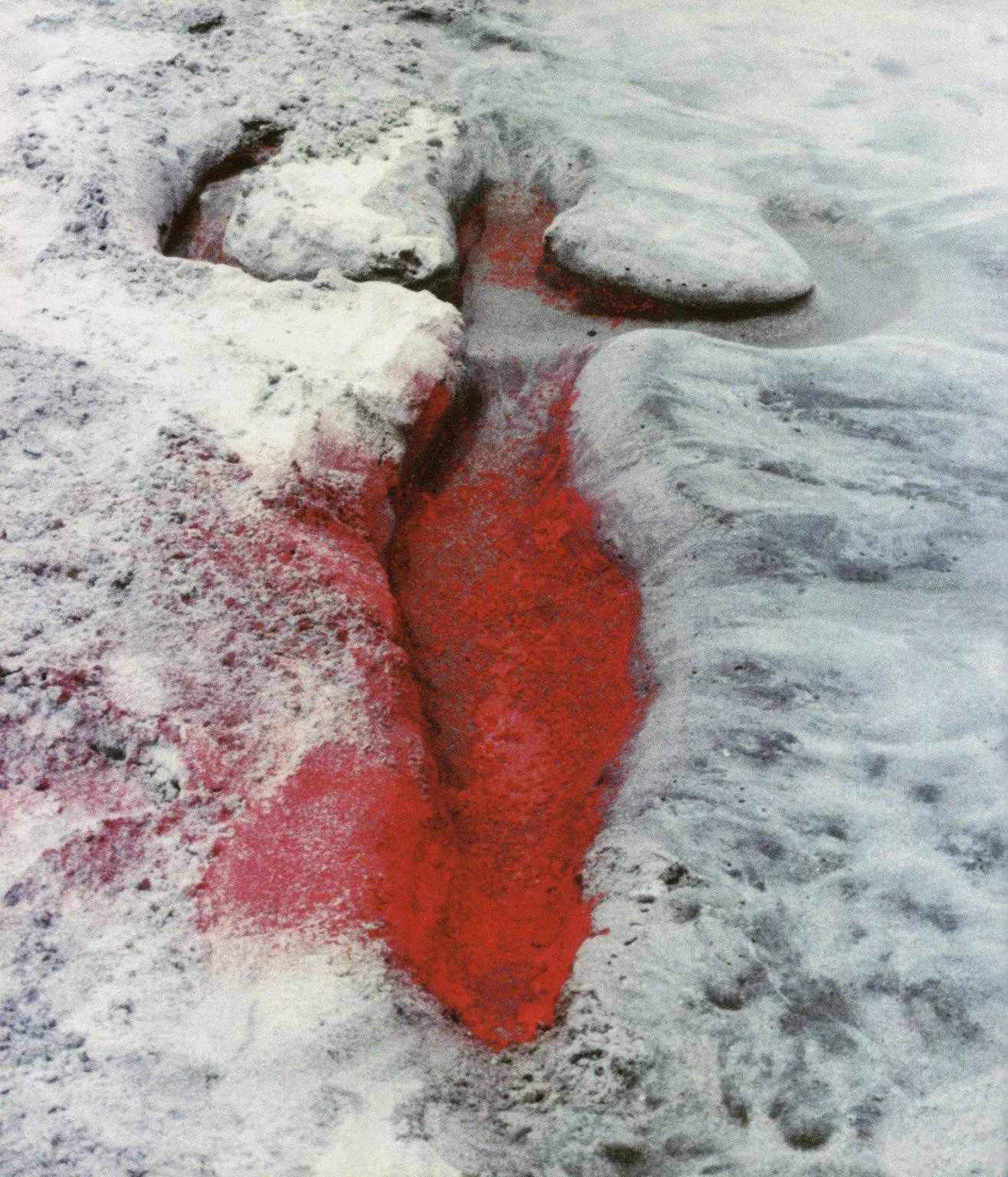All tagged new york
This season, I’m rounding up stories about modern artists in love, in lust, in relationships— digging into these individuals, see how their liaisons, marriages, affairs, and connections played in or on their respective works of art, and how, if anything, they affected art history as we know it. I, for one, believe that it’s time for Modern Love.
Today: we’re enjoying the story of one supremely confident couple, incredibly supportive of one another and individually talented, two makers who epitomized the explosion of creativity that was the Harlem Renaissance, and who helped shape American art. Meet Jacob Lawrence and Gwendolyn Knight.
Author Interview: Julia Voss and "Hilma af Klint, a Biography"
I’ve got a great interview for you today— this time, I’m featuring a conversation with Julia Voss on her fascinating book, Hilma af Klint, a Biography, which was released recently in its English translation.
Author Interview: Paul Fisher's "The Grand Affair: John Singer Sargent in His World"
Welcome to a bonus episode of ArtCurious featuring my interview with Paul Fisher about his latest book, The Grand Affair: John Singer Sargent in His World.
Author Interview: Hugh Eakin's "Picasso's War"
We’re back on ArtCurious with another great bonus interview episode for you today. Today’s episode features a conversation about Picasso’s War, a recent book by journalist Hugh Eakin. Today we think of New York as the center of the twentieth century art world, but it took three determined men, two world wars, and one singular artist to secure the city’s cultural prominence. Pablo Picasso was the most influential and perplexing artist of his age, and the turning points of his career and salient facets of his private life have intrigued the world for decades. However, the tremendous feat of winning support for his art in the U.S. has long been overlooked—until now.
Author Interview: Barbara Bloemink's "Florine Stettheimer: A Biography"
Recently I interviewed art historian, curator, and museum director Barbara Bloemink, who shared the backstory of one of the most fascinating artists of the early 20th century: American artist Florine Stettheimer. Listen to this bonus episode of "ArtCurious" wherever you find your podcasts.
Episode #58: True Crime/Fine Art: The Mysterious Death of Ana Mendieta (and #MeToo) (Season 6, Episode 5)
This season we’re learning that true crime and art history are two genres that have smashed together with some fascinating results. Today’s show: a contemporary art conundrum. Who is responsible for the death of Ana Mendieta?
BONUS EPISODE: Meet Elsa von Freytag-Loringhoven
We’re back for a bonus episode related to one of our “shock art” shows this past season: who is really responsible for creating the infamous urinal readymade, Fountain? Welcome to one of the art world’s latest scandals, and meet a truly unforgettable woman: the Baroness Elsa von Freytag-Loringhoven.
Episode #50: Shock Art: Duchamp's Fountain (Season 5, Episode 4)
Works that we take for granted today as masterpieces, or as epitomes of the finest of fine art, could also have been considered ugly, of poor quality, or just bad when they were first made. With the passage of time comes a calm and an acceptance. But that doesn’t change the fact that there are many works peppered throughout art history that were straight-up shocking to the public when they were first presented decades, or even hundreds of years ago.
Today's work of "shock art:" Duchamp’s Fountain.
CURIOUS CALLBACK: Episode #5: Death and Disaster, Warhol and Weegee
Death has always been a part of art history. That's one of the beautiful things about art-- it can detail and document and celebrate every facet of our existence. And so much of the great art that we know and love today works in the capacity to stave off one of the terrible side effects death-- being forgotten. Portraits, stone monuments, ancient coins-- they all aim to ensure that the subjects depicted will be remembered and revered for all eternity.
But Andy Warhol’s take on mortality wasn't about memorializing. He instead focused on the direct causes of death, or the aftermath of a terrible accident. His series, Death and Disaster, is one of the most well-known and polarizing of his career. But Warhol wasn't the first artist to focus on the everyday tragedy of death as a subject to quite this revealing and exploitative extent. No, that honor might very well belong to someone else-- an immigrant photographer working in Manhattan in the 1930s and 1940s.
In this episode, we discover the subject matter and motivations behind Andy Warhol's Death and Disaster series, and relate them to the work of the greatest crime scene photographer in history, Weegee.









